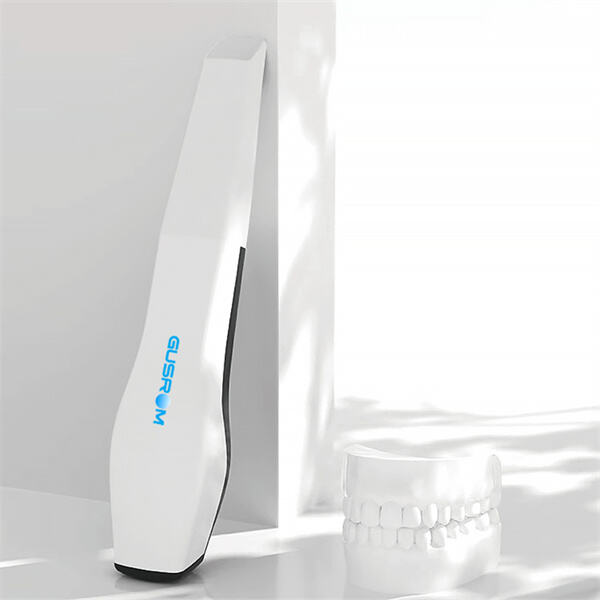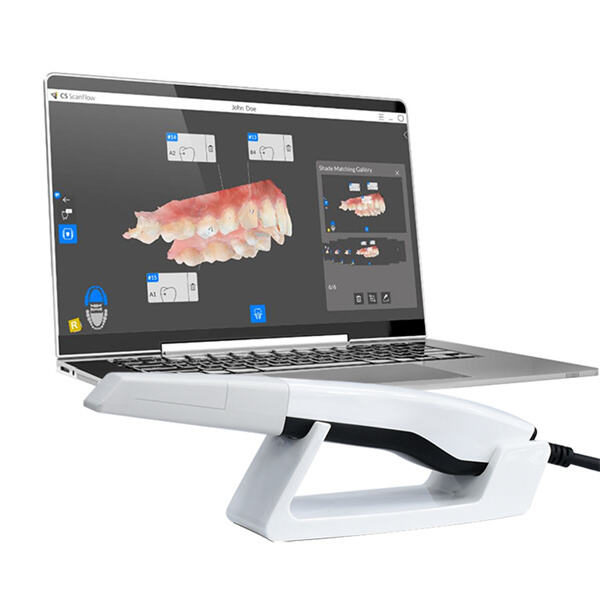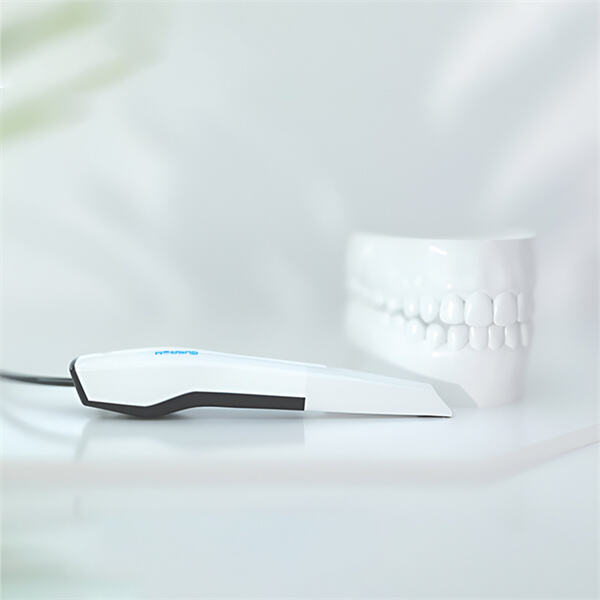Intraoral scanners are devices dentists use to take images of teeth inside the mouth. These scanners also allow dentists to observe a high-definition picture of their patients’ teeth and gums, which then helps them to make precise diagnoses and plans for treatment. Intraoral Scanners: Portable, simple and easy to use, intraoral dental scanner is an easier clinical way to capture the 3D information of the teeth for dental labs.
In the past, dentists have been known to perform dental impressions by placing a sticky material in a tray and asking the patient to chomp down. It could be an awkward and messy process. The OriCheck can be performed with an intraoral scanner to obtain a digital impression of the teeth without any difficulty or ado. This makes it more of an enjoyable experience for the tighter and also allows the dentist to achieve a better impression of the patientâ€TMs teeth.

Intra oral scanners are becoming an essential tool in the production of precision dental restorations including crowns, bridges and veneers. Dentists use the information generated by the scanner to create bespoke shaped replacements which fit snugly in the patient's mouth. This accuracy helps to ensure the restoration is comfortable, functional and long-lasting. Also, the impressions are digital, so the information can be stored and sent to dental labs for the fabrication.

It's likely you're familiar with the terms “orthodontist” and “orthodontics.” If not, orthodontics is a type of dental practice that helps to correct improperly positioned teeth and jaws. Intraoral scanners are invaluable to orthodontic treatment as they allow for highly detailed images of teeth in their natural occluded state. This knowledge aids orthodontists in crafting individualized treatment plans, including whether to opt for conventional braces or invisible aligners. Orthodontists can also monitor the treatment by the help of intraoral scanners and fine tune it according to the tracking data.

The introduction of intraoral scanners has completely transformed the game of dentistry inside the dentist office. Because traditional impressions are no longer required, dentists can do their work without delays. Intraoral scanners eliminate the risk of mistakes in the impressions, so as not to cause poorly fitting restorations, and ultimately dissatisfied patients. Furthermore, due to the scans being digital they can be simply shared with labs and specialists providing a more seamless treatment process.